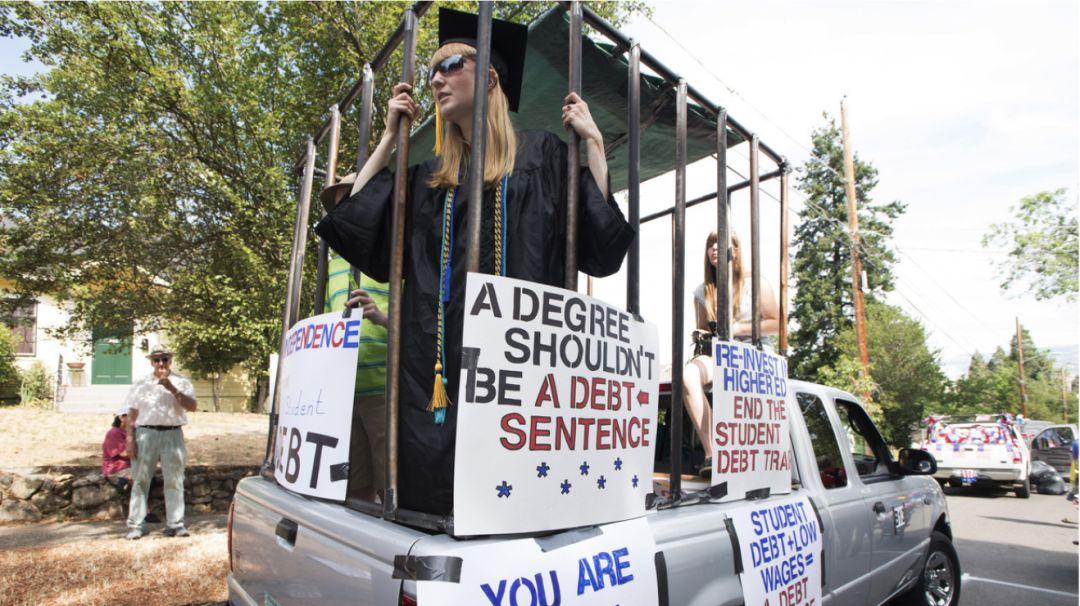Rewrite: "Student Loans: A Comprehensive Guide to Their Origins and Evolution Since When Did Student Loans Begin"
Guide or Summary:Student LoansOrigins of Student LoansEvolution of Student LoansStudent LoansStudent loans have become an integral part of the educational l……
Guide or Summary:
Student Loans
Student loans have become an integral part of the educational landscape in the United States, providing a vital lifeline to millions of students each year. These loans have evolved significantly since their inception, reflecting broader societal changes and the escalating costs of higher education. This comprehensive guide delves into the history of student loans, tracing their origins and charting their evolution to shed light on when did student loans begin and how they have shaped the educational experience for generations.
Origins of Student Loans
The concept of student loans can be traced back to the early 20th century, with the establishment of the Federal Student Loan Program in 1927. This program was created in response to growing concerns about the rising costs of higher education and the need to make education more accessible to a broader segment of the population. Initially, these loans were offered primarily to students attending public institutions, with the aim of reducing the financial burden on families and encouraging greater educational attainment.

Over the years, the scope and availability of student loans have expanded significantly. In the 1970s, the introduction of the Family Federal Student Loan Program marked a major shift, allowing students from both public and private institutions to access federal funding. This expansion was driven by a growing recognition of the importance of higher education as a pathway to economic opportunity and social mobility.
Evolution of Student Loans
The evolution of student loans has been closely intertwined with broader economic and social trends. In the 1980s and 1990s, rising tuition fees and the increasing competitiveness of the job market led to a significant increase in the demand for higher education. This, in turn, drove up the volume of student loans, as more students sought to finance their education through federal and private sources.

The 2000s marked a period of significant growth in the student loan market, with the introduction of new loan programs and the expansion of private lending options. This period also saw a rise in the average amount of student loans taken out by students, reflecting the increasing costs of higher education.
Today, student loans remain a critical component of the American education system, providing a vital lifeline to millions of students each year. However, they also pose significant challenges, with rising default rates and concerns about the long-term impact of student debt on the economy and society.

The history of student loans is a testament to the evolving nature of higher education in the United States. From their origins in the early 20th century to their current role as a cornerstone of the educational system, student loans have played a crucial role in making education more accessible and affordable. As we look to the future, it is clear that the role of student loans will continue to evolve, reflecting broader societal changes and the ongoing quest for greater educational opportunities.